
AMD
Latest News
Latest Videos

CME Content
More News
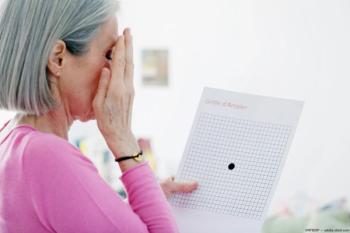
Reviewing new AMD treatments and research can help optometrists prepare for what's to come in 2025.

Mice with reduced levels of ERCC1-XPF in the study presented abnormal optokinetic and electroretinogram responses consistent with photoreceptor dysfunction and visual impairment.

Korean researchers developed an AI model using OCT images to predict neovascular AMD treatment outcomes after anti-VEGF injections.

Building on previous RPE patch research, the research team aims to advance the therapy to early-stage human trials.

The study evaluates Duravyu’s efficacy, durability, and re-dosing every 6 months in both treatment-naïve and previously treated patients.

The company begins phase 1 trials of oral GAL-101, targeting amyloid beta aggregation for potential treatment of dry AMD, glaucoma, and neurodegenerative eye diseases.

The trial is expected to close randomization in early December 2024.

Key findings from the data include reduced lesion growth, retinal tissue preservation, and improved visual function, demonstrating significant potential for the treatment option.

A new classification system helps patients reach informed decisions.

The study is now expected to be fully enrolled with all 300 patients randomized by the end of 2024.
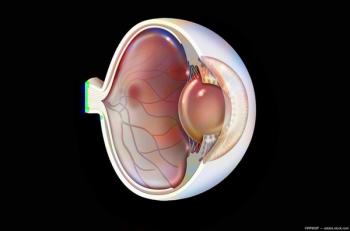
Related macular dystrophies (MDs) include Sorsby’s fundus dystrophy, Doyne honeycomb macular dystrophy, and autosomal dominant radial drusen.

Iris freckles are the most common melanocytic iris lesions, and UV sunlight is a well-known promoter of melanogenesis. Another study reported a higher rate of iris freckles in patients with UV-associated skin cancer.

The study looked at bevemipretide, which targets the inner mitochondrial membrane where it reversibly binds to cardiolipin.

Jeffry Gerson, OD, FAAO, gives his golden rules on retinal management in two presentations.

Mark Dunbar, OD, FAAO, details a presentation he gave alongside Rishi Singh, MD, on geographic atrophy at Vision Expo West 2024.

By identifying progressive GA earlier, primary eye care providers can make timely referrals and save patients’ visual function.

Understanding the latest innovative technologies.

Comanagement is a key component for treatment of disease.
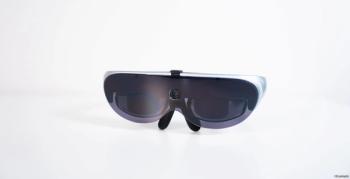
The new smart glasses utilize artificial intelligence to visually assist those with age-related macular degeneration and other retinal disorders causing vision loss.

The trial will evaluate repeat dosing of axitinib intravitreal implant, (AXPAXLI) for the treatment of patients with wet AMD.

A new analysis by researchers at the National Institutes of Health shows the benefit of taking AREDS2 formula in late AMD.

The 2-year Phase III data demonstrates Susvimo’s potential as an alternative to eye injections to treat diabetic macular edema and diabetic retinopathy.

The company also submitted a marketing authorization application with the European Medicines Agency.
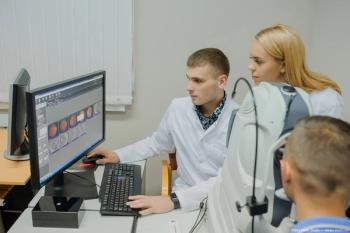
Notal Vision’s device was given to 15 patients to track changes in their neovascular age-related macular degeneration for the study.

Apellis will seek re-examination from the CHMP following the opinion, according to a news release.









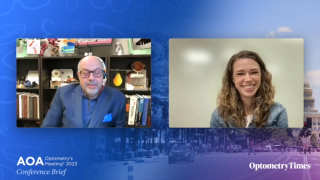
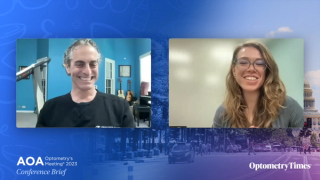
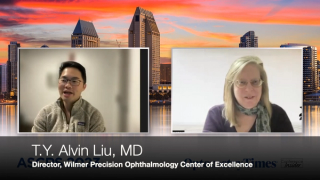



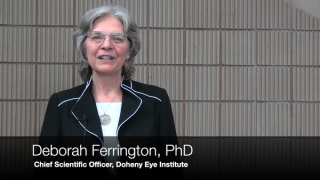














































.png)


